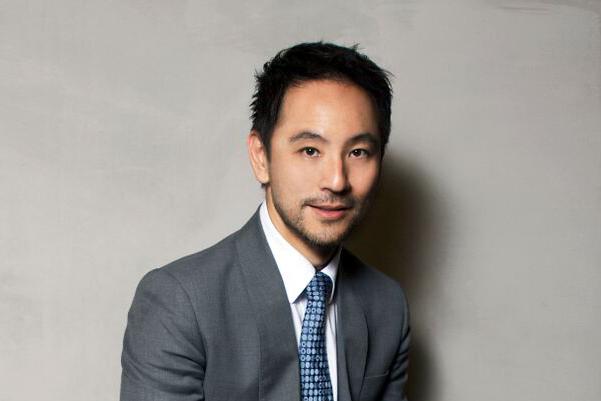SINGAPORE—“Do you know that Nokia is almost 150 years old? [Back] then [they] were a lumbering company! When they chop trees, they transport the lumber by floating it across the river. Nokia is a river in Finland, that’s why the company is called Nokia—until one fine day the son told his dad that they can’t chop trees forever and that they had to change. That was how they became a phone company,” Ong Tze Boon ends the story with a smile.
In his mid 40’s, Ong is the Group Executive Chairman of ONG&ONG—a prestigious design company with over 900 employees in 12 offices in Singapore, Malaysia, Indonesia, Philippines, Vietnam, Burma─officially called Myanmar, India, Mongolia, China and USA, and a revenue for the year 2014-15 of over S$70 million (US$50 million).
In the Epoch Times’ two-hour conversation with Ong in his cozy and mellow office, where he shared in length his philosophies on business and design, he shifted seamlessly between Mandarin and English, expressing his ideas with engaging stories.
Dressed smartly in a vertical striped shirt and a navy blue blazer, Ong is articulate, self-assured, opinionated and utterly confident. But for all his flair, Ong is a moderate man. During the interview, he did not dwell on his success or personal deeds, preferring to discuss ideas. He was also careful not to embellish or exaggerate his achievements.
He is, after all, intimately cognizant of the fact that nothing in a business is permanent but change.


